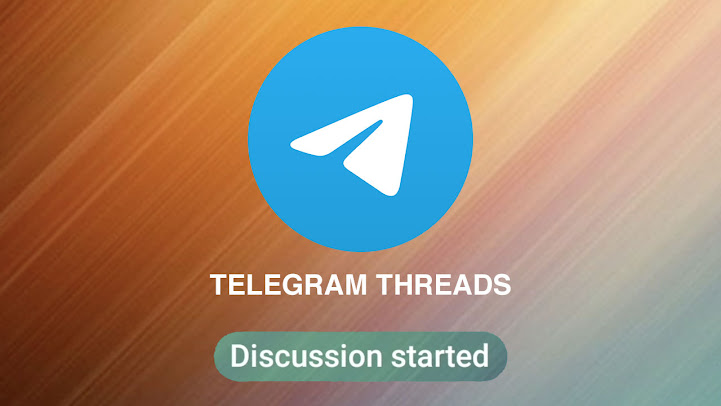Push and Pull - Digital Communication
For digital communication it's really helpful to understanding the distribution model for the platform you are using, plus what other distribution models there are available to you and why it's important to resist becoming too ... pushy.
Push or Pull?
Push is bad. It damages and ultimately breaks services. But push easier to understand: it's what people are generally used to. Letters are an analogue version of push. Email is push. Text is push. WhatsApp and most messaging Apps are push.
Push generally requires use of a non-public token: that is something you know. An email address, or a telephone number are examples of a non-public token.
Pull is good. Pull seems harder for most people to understand. Anything where a user chooses to subscribe, or follow are "pull" communication channels. Pull systems should not rely on non-public tokens, though some, like an email subscription lists still do. RSS was (still is) a good example of pull. A Telegram channel is an example of a pure pull: a users chooses to receive updates, with or without notifications.
Any services where people follow updates (communications) from a source are pull, but publishers using those services can, and often do, use tactics to get pushy across those services where they can.
You will be familiar with this pushy practice: over tagging multiple user accounts in an Instagram image to push a notification to the tagged accounts.
Similar practices with images tags and multiple mentions plague Twitter and other pull services. It's a difficult problem to solve, because the problem stems from user desire to reach a wider audience and exploiting opportunities to push communications towards others.
When is push OK?
Push is perfect for private conversations between people who both want and or need that communication.
Additionally push can be helpful to "ping" other users in a public communication by mentioning a user, for example on Twitter when you are trying to communicate with or about another user or brand.
Why use push sparingly?
When you push where it is not useful to others you risk being shut-down or blocked. People are willing to put up with a certain amount of noise, beyond that they shut off or worse move away entirely. Notifications should provide value not noise. Don't push low value adding noise. Don't be pushy.
Offer more opportunities for pull
Think about what communications you put out, especially regular communications. Is everyone happy with your use of push? Would those communications be better received by users choosing to receive them via a pull service instead?





Comments
Post a Comment